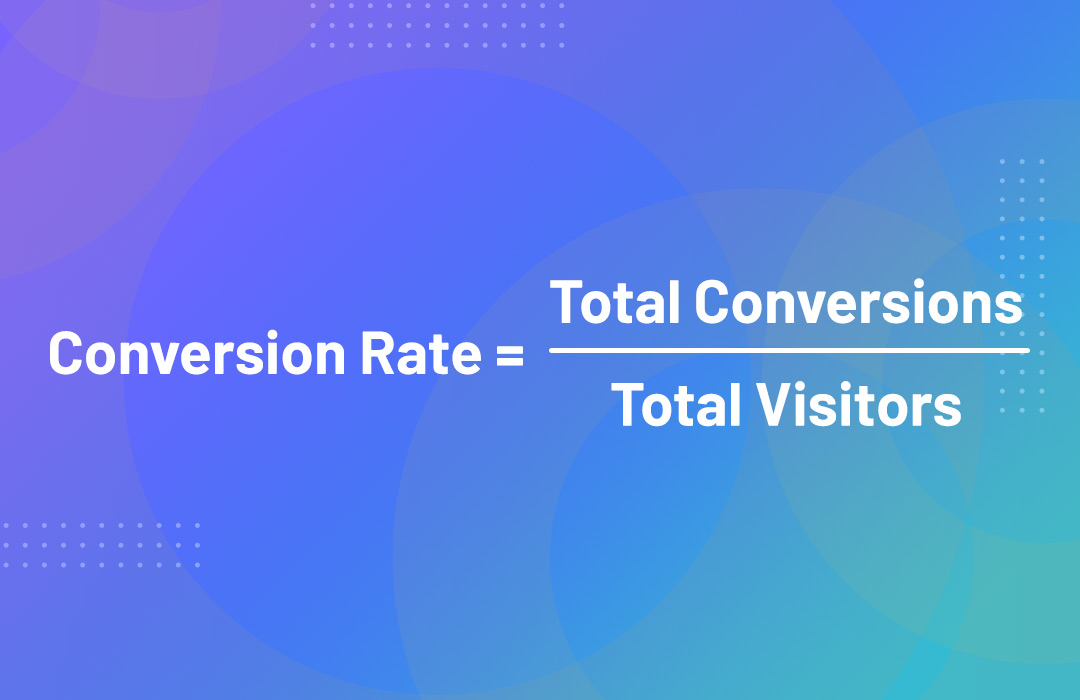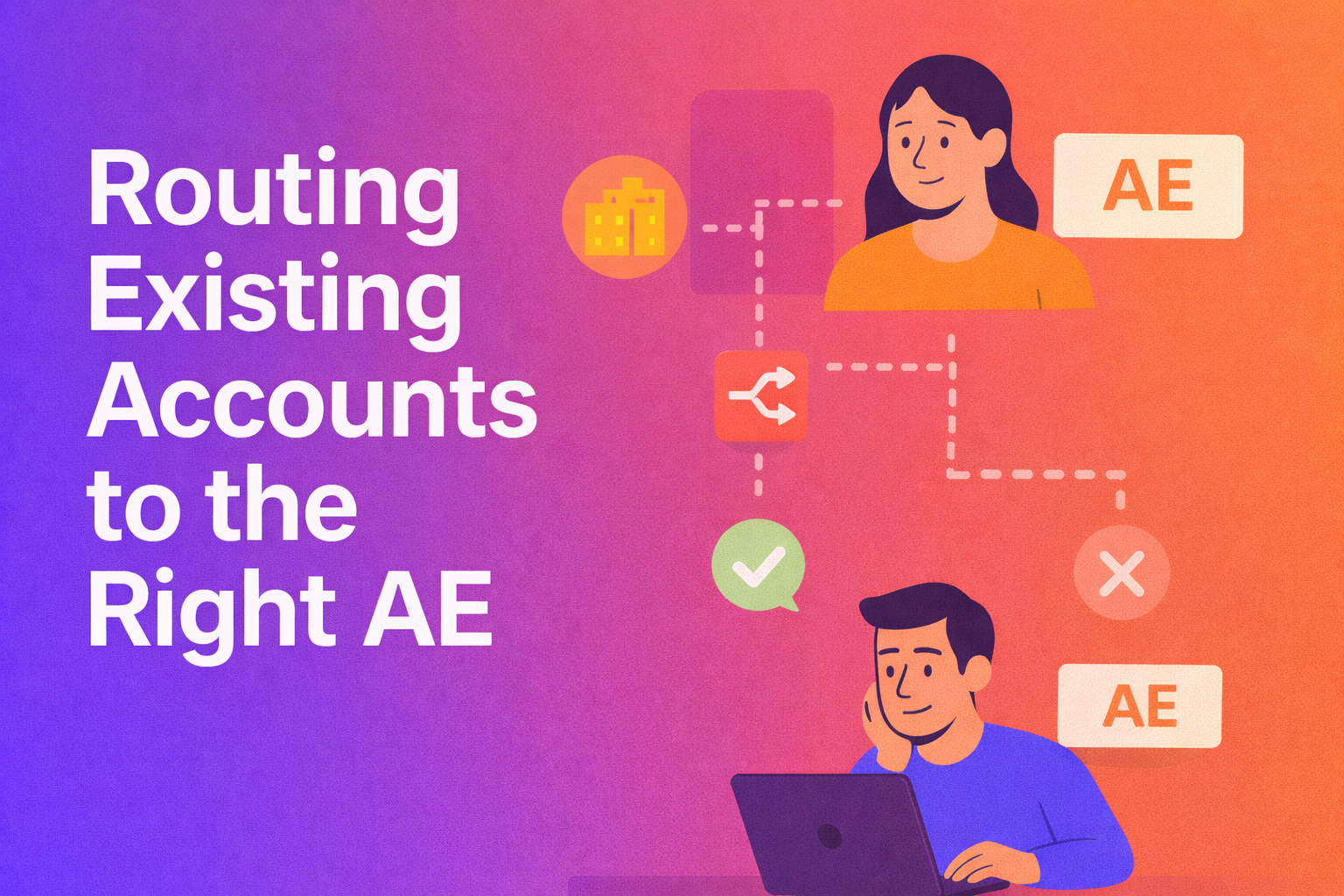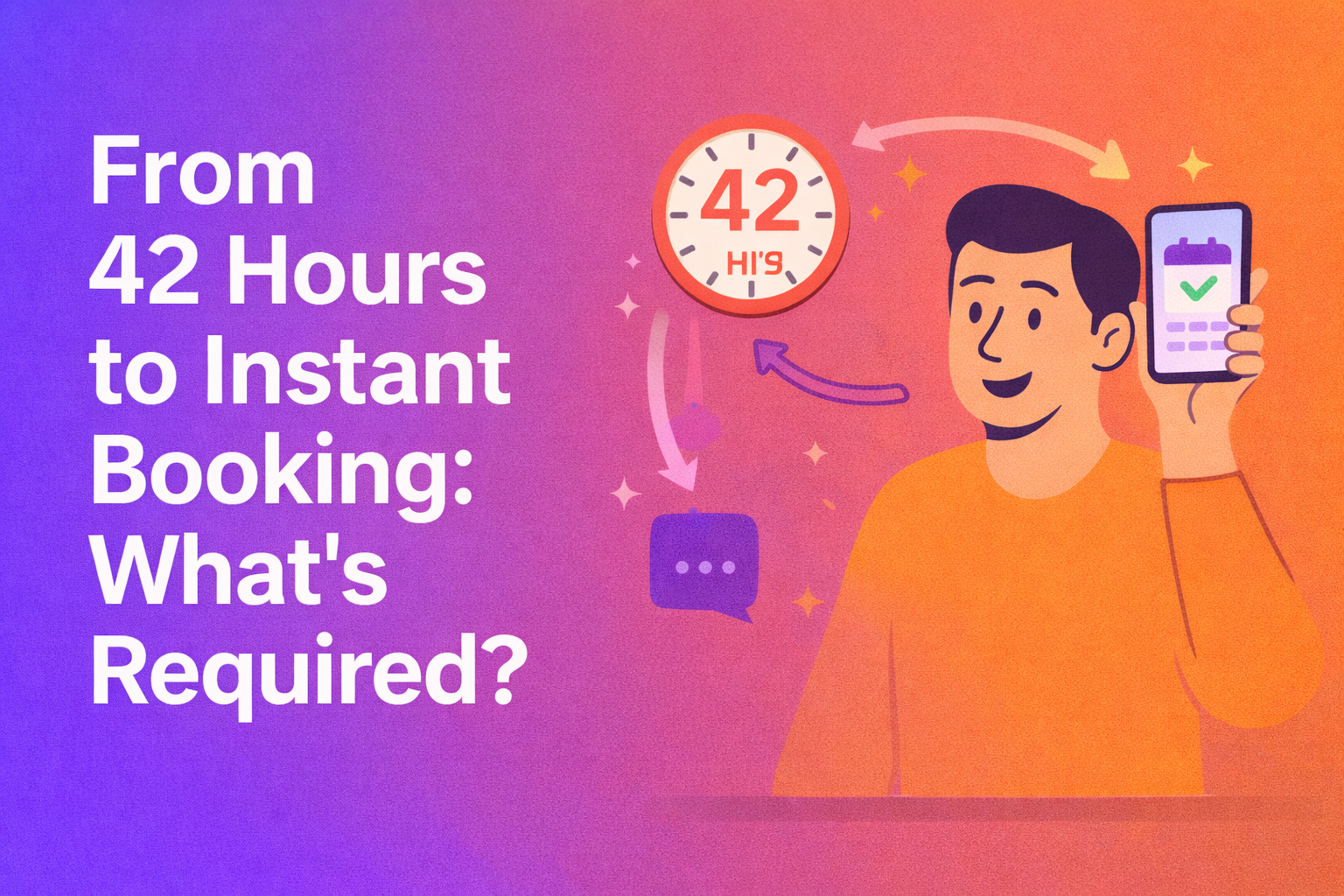No matter the traffic you get on your website, at the end of the day, conversions are the holy grail of every marketer. With the percentage of people searching Google for the phrase “Conversion Rate Optimization” now more than ever, you might be wondering what a good conversion rate for your website is. As per experts, the average conversion rate across industries is around 2-5%, but did you know that top performing websites can have conversion rates as high as 20% or more?
With the right strategy and optimization, your website can potentially convert visitors into customers at a much higher rate. Keep reading to learn more about what a good conversion rate for your website is and how to improve it.
What’s a good conversion rate for websites?
Conversion rates are the heartbeat of any website’s success. They tell you how many visitors take the action you want-whether that’s signing up for a demo, making a purchase, or simply filling out a form. But what counts as a “good” conversion rate? That depends on a lot of factors, from your industry to the marketing channels you use. Let’s break down what you need to know to set realistic goals and boost your website’s performance.

Understanding Website Conversion Rates
Defining a Good Conversion Rate
At its core, a conversion rate is the percentage of visitors who complete a desired action on your website. This could be anything from scheduling a meeting to downloading a resource. But the real question is: what number should you aim for? The truth is, there’s no one-size-fits-all answer.
For many B2B websites, a conversion rate between 2% and 5% is often considered solid. But hitting these numbers isn’t just about luck. It’s about creating a seamless experience that guides prospects smoothly from curiosity to commitment. Tools like RevenueHero make this easier by embedding scheduling right after form submissions, cutting down on friction and keeping prospects engaged. Additionally, employing A/B testing can help you refine your approach by allowing you to experiment with different layouts, messaging, and calls to action, ultimately leading to a more tailored experience that resonates with your audience.
Factors Influencing Conversion Rate Metrics
Several elements shape your conversion rates. The quality of your traffic plays a big role—bringing the right visitors who are genuinely interested in your offering naturally leads to higher conversions. Then there’s the user experience on your site: Is your value proposition clear? Are your calls to action easy to find and understand?
Don’t forget about timing and follow-up. Automated reminders and smart meeting distribution, like those powered by RevenueHero, ensure prospects don’t slip through the cracks after they express interest. These factors combined set the stage for a conversion rate that reflects your business goals. Moreover, leveraging analytics tools can provide insights into user behavior, helping you identify bottlenecks in the conversion process. For instance, tracking where users drop off in the funnel can guide you in making strategic adjustments, whether that means improving page load times or simplifying your forms. By continuously monitoring and optimizing these elements, you can create a more effective pathway for your visitors to become loyal customers.
Industry-Specific Conversion Rate Variations
Reasons for Industry Conversion Rate Differences
Conversion rates vary widely across industries because buying behaviors and sales cycles differ. For example, e-commerce sites often see higher conversion rates since purchases can be quick and low-risk. Meanwhile, B2B software companies usually have longer decision-making processes, which can lower immediate conversion rates.
Complex products or services that require demos or consultations naturally have lower conversion percentages but higher value per conversion. Understanding these nuances helps set realistic benchmarks and tailor your strategies accordingly. Additionally, factors such as customer trust, brand loyalty, and market saturation can significantly influence conversion rates. For instance, industries with established brands may benefit from higher conversion rates due to consumer familiarity and trust, while newer entrants may struggle to gain traction.
Analyzing Conversion Rates Across Various Industries
Looking at averages can be helpful. Retail websites might enjoy conversion rates of 3% to 5%, while financial services hover around 5% to 10%, thanks to targeted audiences and trust factors. B2B SaaS companies often see conversion rates between 1% and 3%, reflecting the need for personalized demos and longer nurturing. Furthermore, industries like travel and hospitality may experience fluctuating conversion rates due to seasonal demand and economic factors, which can complicate the analysis.
RevenueHero’s approach to personalization at scale and streamlined booking processes is designed to improve these numbers. By automating scheduling and providing flexible time slots based on prospect data, it helps businesses in complex industries close the gap between interest and action. The integration of AI-driven insights allows companies to better understand customer behavior, enabling them to tailor their marketing strategies effectively. This not only enhances the user experience but also fosters a deeper connection with potential clients, ultimately leading to higher conversion rates.
Impact of Marketing Channels on Conversion Rates
Conversion Rate Differences by Channel
Not all traffic is created equal. Conversion rates can vary dramatically depending on where your visitors come from. Organic search traffic tends to convert well because users are actively seeking solutions. Paid ads can drive volume but may have lower conversion rates if targeting isn’t precise. The effectiveness of these channels can also be influenced by the industry and the specific audience being targeted, making it essential for marketers to analyze their data closely.
Email marketing often delivers strong conversions, especially when personalized and timed correctly. For instance, segmented email lists allow businesses to tailor their messages to different demographics, increasing relevance and engagement. Social media can be hit or miss depending on the platform and content, while referral traffic usually converts better due to built-in trust. This trust can stem from endorsements or recommendations from credible sources, which often leads to higher engagement and conversion rates.
Effective Strategies for Each Marketing Channel
Optimizing conversion rates means tailoring your approach to each channel. For paid ads, focus on clear, compelling calls to action and landing pages that match ad intent. A/B testing different ad copies and visuals can provide insights into what resonates best with your audience, allowing for continuous improvement. Organic traffic benefits from content that addresses specific pain points and guides visitors toward conversion. Utilizing SEO best practices, such as keyword optimization and high-quality backlinks, can further enhance visibility and drive more qualified traffic.
Email campaigns become more powerful when combined with automated scheduling tools that let recipients book meetings right from the message. This seamless integration not only saves time but also enhances the user experience, making it easier for potential customers to engage. Social media requires engaging, authentic content that encourages interaction and drives visitors to conversion-optimized pages. Utilizing stories, polls, and interactive posts can significantly increase user engagement, while strategically placed links can guide users toward desired actions, such as signing up for newsletters or making purchases. Additionally, leveraging user-generated content can foster community and trust, further enhancing conversion potential.
Enhancing Website Conversion Rates
Crafting a Compelling Value Proposition
Your value proposition is the promise you make to visitors about what they’ll gain. It needs to be crystal clear and front and center. If visitors can’t quickly understand why your offering matters, they won’t convert.
Focus on benefits rather than features. Explain how your product or service solves problems or improves outcomes. RevenueHero’s platform, for example, highlights how it streamlines the buying experience and accelerates revenue, making that value immediately apparent. Additionally, consider incorporating customer testimonials that echo your value proposition. These real-world endorsements can significantly enhance credibility and help potential customers visualize the benefits they can expect.
Utilizing Persuasive Design Elements
Design isn’t just about looking good. It’s about guiding visitors’ eyes and making actions intuitive. Use contrasting colors for call-to-action buttons, clear headlines, and trust signals like testimonials or case studies.
Keep forms short and simple. Embedding scheduling options directly after form submissions can significantly reduce drop-offs. This kind of frictionless experience keeps momentum going and increases the chances of conversion. Moreover, consider using visual hierarchy to prioritize information. By strategically placing important elements at the top of the page or using larger fonts for key messages, you can capture attention and lead visitors toward desired actions more effectively.
Implementing A/B Testing for Optimization
Guesswork has no place in conversion optimization. A/B testing lets you compare different headlines, layouts, or calls to action to see what resonates best with your audience.
Test one element at a time to isolate what drives improvements. Over time, these incremental gains add up to substantial boosts in conversion rates. Tools that provide granular reporting, like RevenueHero, give you the insights needed to make data-driven decisions. Additionally, consider segmenting your audience for A/B tests. Different demographics may respond uniquely to various design or messaging strategies, allowing you to tailor your approach for maximum impact.
Ensuring Mobile Optimization for Better Access
More than half of web traffic comes from mobile devices. If your site isn’t optimized for mobile, you’re leaving conversions on the table. Mobile-friendly design means fast load times, easy navigation, and forms that are simple to complete on small screens.
Scheduling tools that work seamlessly on mobile devices help prospects book meetings anytime, anywhere. This flexibility is key to capturing busy buyers on the go. Furthermore, consider implementing mobile-specific features, such as click-to-call buttons or location-based services, that enhance user experience and facilitate immediate engagement with your brand.
Utilizing Retargeting to Increase Engagement
Not every visitor converts on the first visit. Retargeting brings interested prospects back by showing them relevant ads or personalized messages after they leave your site.
This keeps your brand top of mind and encourages visitors to take the next step. Combining retargeting with smart scheduling automation ensures that when prospects return, they encounter a smooth path to conversion. Additionally, leveraging dynamic content in retargeting ads can personalize the experience further, showcasing products or services that align with the visitor's previous interactions, thus increasing the likelihood of conversion.
RevenueHero is your CRO partner
With RevenueHero, visualize your funnel in real-time and immediately take action on anomalies. Track form conversions in real-time to help you understand what is working and what isn't. Get insights at a team, page, and router level to know what to tweak. To know more, book a demo today!
Let RevenueHero help your team turn high-intent users into booked meeting without slowing down your funnel.












